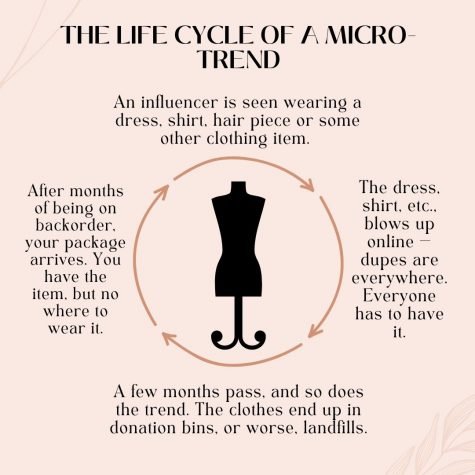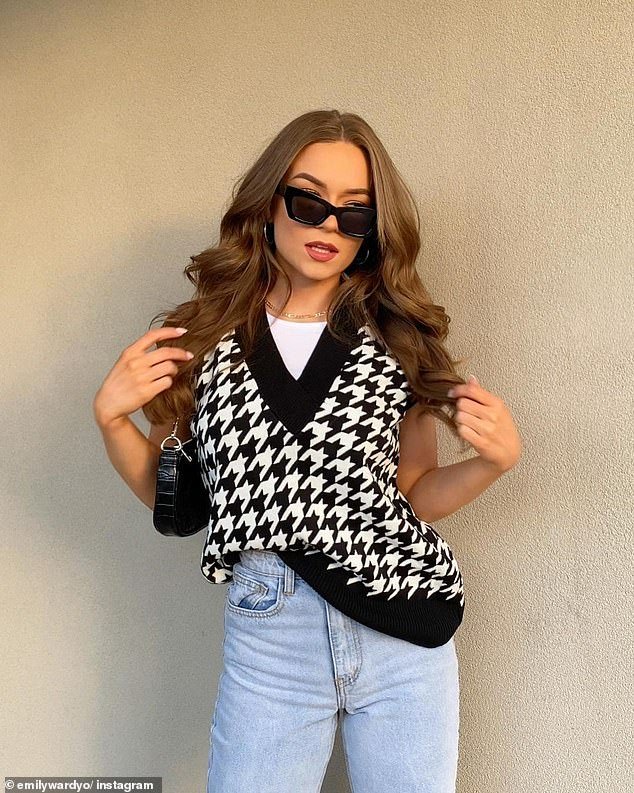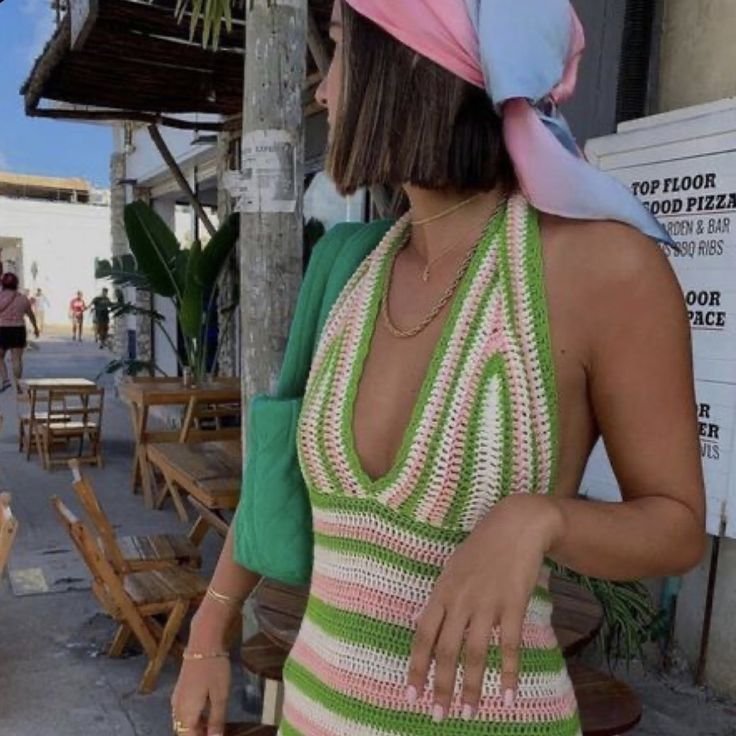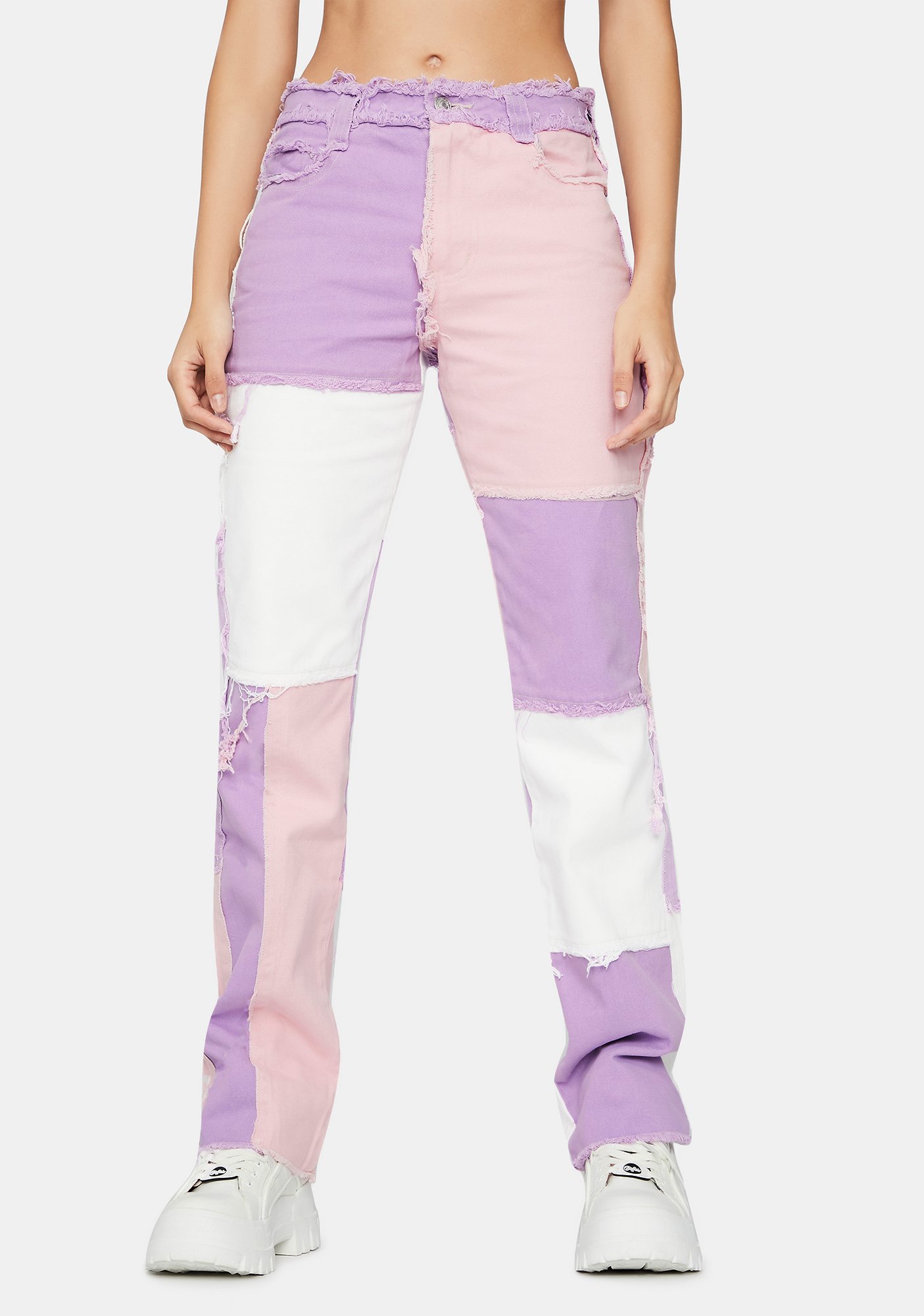Micro-Trends 101
A “trend” is defined as a general direction in which something develops or changes. In the fashion or beauty industries, a trend describes the popularity of a specific style or piece of clothing.
There are five stages to a trend cycle: the introduction, the rise, the peak, the decline, and eventually, the obsolescence. At first, a clothing item or style comes onto the fashion scene either on a runway or worn by an influencer. If it demonstrates popularity, it starts gaining momentum, and various retailers begin producing it rapidly, reaching its peak—the stage in which most everyday consumers are seen wearing it. Once on the market for a bit, the trend becomes viewed as ‘mainstream,’ and its popularity begins its decline. Eventually, it reaches the end of the cycle and goes out of date. It is important to note that these trends might re-enter the cycle in a decade or so. The Y2K revival is a great example.
A micro-trend is a trend that rises and falls in popularity extremely quickly. During its popularity, the trend is inescapable and becomes oversaturated. Micro-trends are definitely fun, but investing in a micro-trend does not make economic sense and contributes to waste.
Consumers will likely buy more pieces to keep up with the higher volume of trends and wear them for shorter amounts of time as go out of style rapidly. The magnitude of clothing Americans throw away each year has doubled from 7 million to 14 million tons in under 20 years. In under 15 years, clothing production doubled, with the average consumer buying 60 percent more clothing pieces, with each piece now kept half as long. These statistics are a large cause of the shop sustainable movement.
Despite its flaws, micro-trends have become mainstream in the past few years. Since the rise of social media influencers like YouTubers, Instagram bloggers, and, more recently, Tik Tok creators, almost anyone has the ability to connect with the masses. To draw in viewers and followers, these creators oversaturate their followers’ feeds with new and up-and-coming trends from fast-fashion brands that can mass produce quickly and cheaply. Since these influencers are in competition with others in the same industry, each person is racing to popularize the next trend.
Just as quickly as they arise, they fall. Some micro-trends that you might have forgotten about are printed pants, Cottagecore, or Dark Academia. Some micro-trends have been specific items like the House of Sunny’s “Hockney Dress,” patchwork jeans from Jaded London, cow-print tank tops, chunky acrylic rings, and sweater vests. Most recently, there has been a surge in cut-out dresses or dresses with boned necklines. In most cases, these trends start from celebrities or the runway, then trickle down to TikTokers and reach everyday consumers. However, there are an increasing amount of micro-trends emerging from TikTok like zebra print, The Ordinary skincare products, and many clothing items from fast-fashion brands like Shein (ex. the pink and green crochet dresses - you can picture it already).
As consumers, we need to be aware of our impact and act accordingly. Specifically, we should pay special attention to where we shop and how much we shop. That is not to say that you should not participate in trends you like if wearing them makes you feel good. But you need to commit to it, make sure that if you are purchasing this item of clothing, you’re in it for the long run. Don’t be shamed by fast fashion influencers who think it’s not ‘cool’ anymore. Invest in your pieces for the years to come. Perhaps buy investment pieces categorized as classics and minimize how many trendy pieces you purchase. You can still be on-trend without owning the latest items.










